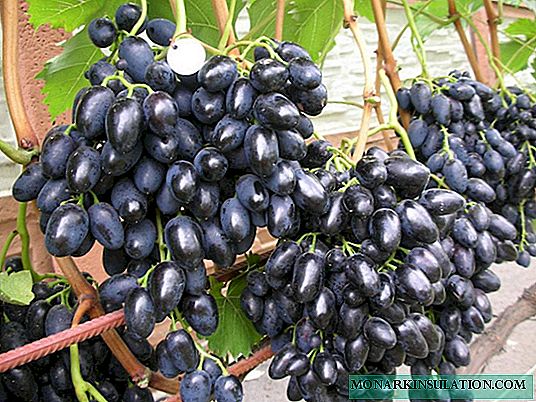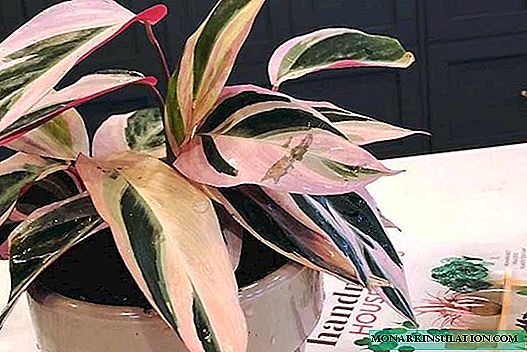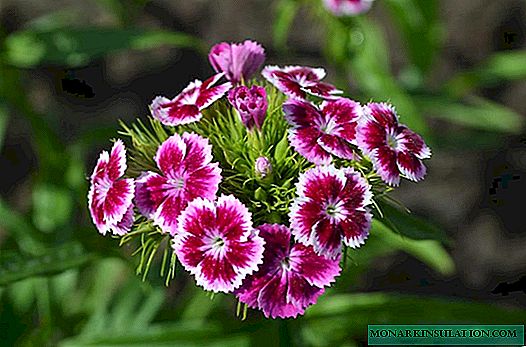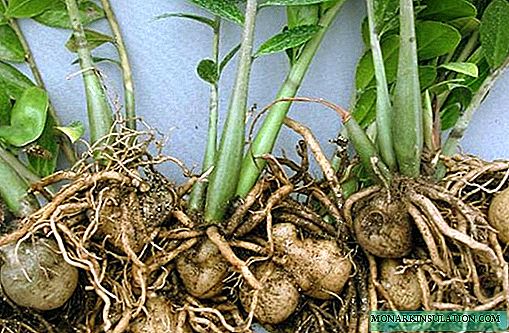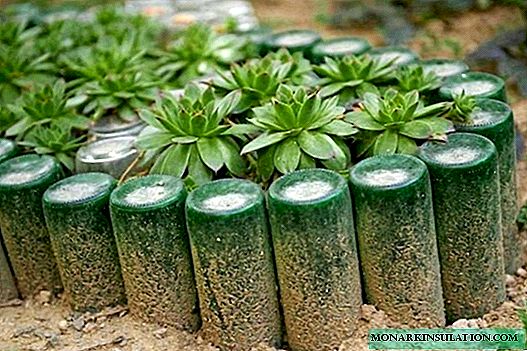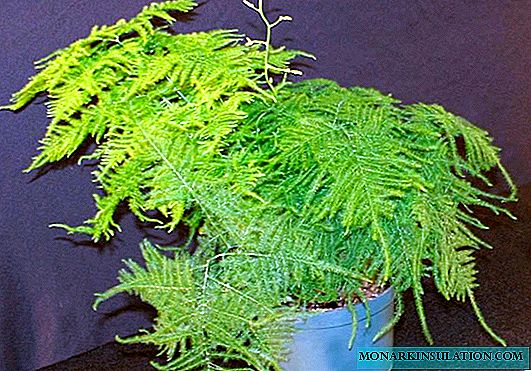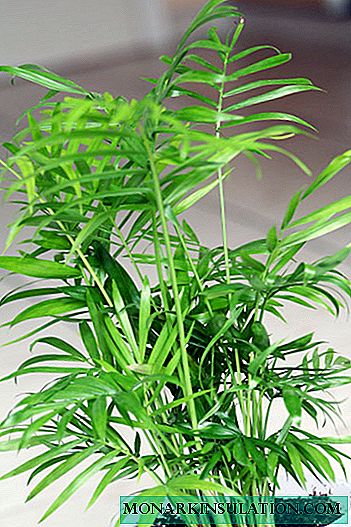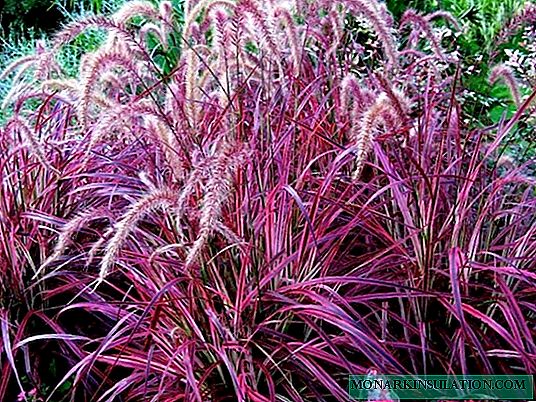
One of the traditional elements of the decor of the infield is a flowerbed where bright and beautiful flowers bloom all summer. But no less interesting is the use of a number of decorative herbs to decorate the garden. They make it stylish and elegant, emphasize the sophisticated taste of the owners.
Pampas grass

Amazing panicles of pampas grass once grew only in the vastness of South America. Now this plant is also loved by domestic gardeners. Its stem can reach a height of 4 meters. Spikelets are golden, silver and pink. Even with a slight breeze, they sway violently, creating a slight visual haze around them.
The leaves of pampas grass are long and narrow. They also look great and perfectly form the base of the flowerbed. The plant blooms in late summer and autumn, and during this period it is especially attractive.
Cortaderia, the so-called grass, is planted in sunny areas, sometimes in combination with large stones, or near a reservoir. She can successfully fill the gaps between tall trees.
Gray fescue

This unusual decorative cereal allows you to create an almost perfectly round flowerbed. The leaves of the fescue are narrow, but they grow very densely, thereby achieving a fairly dense plant texture.
Flowering, it would seem, is not particularly spectacular, but nevertheless gives the grass a wonderful airiness and seems to surround it with a halo.
Fescue is sometimes used as a border plant, and it is also planted in flowerpots. In any combination, this grass looks unusually impressive.
Barley

Silky panicles of barbed mane in the country usually take the place of fast-flowering seasonal plants. But in itself this cereal is quite beautiful. Its lush bushes swaying in the wind are really charming and wonderfully airy.
They place barley in an alpine hill or use it to create an array of tall flower beds. The plant is unpretentious and quite familiar for our latitudes. In the wild, it is common in almost all of Europe and Asia.
Hare tail

The historical homeland of the hare tail is the Mediterranean, which also determined the requirements for its landing in open ground in summer cottages. Culture requires light and fertile soils, as well as constant sunlight.
In general, the plant is unpretentious and fully rewards a caring owner for work. Adorable, resembling bunny tail panicles are only a few centimeters in length and light in color. From a distance they are perceived as covered with fur. On a flower bed, in a pot or in a bouquet, this grass looks equally impressive.
Purple millet

It is a fairly large garden plant with leaves of a rich purple color. It was as if born to be planted near a reservoir - the flowers bowed so harmoniously over the mirror surface of a decorative pond.
This decorative grass does not require large expenditures, you should only follow a few basic rules. Plant bushes should be at least 40 cm from each other. Choose a suitable, preferably southern corner, and if the grass has settled in a flowerpot, water it in a timely manner.
Pennisetum purple

Pennisetum or Cirrus is the original inhabitant of North Africa and Europe. Its rather tall bushes have long been used by gardeners to divide the site into zones and create the basis of massive flower beds.
Perennial is growing rapidly. Its fluffy light green spikelets can be found throughout the site a few years after planting. The pennisetum blooms quite modestly, the shades of inflorescences are pink, white and burgundy. In autumn, the leaves of Cirrus bristles acquire a golden color and contrast with the ears.

